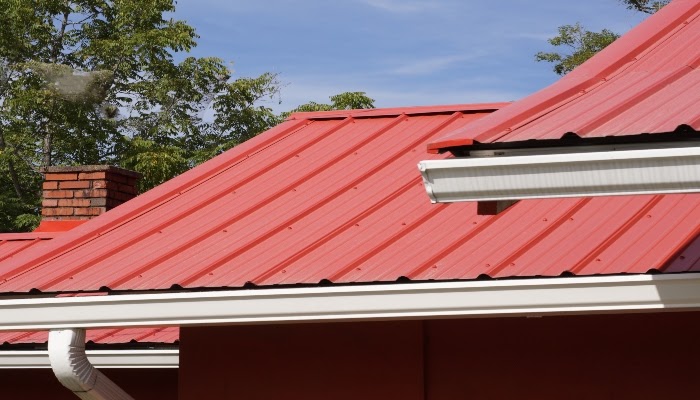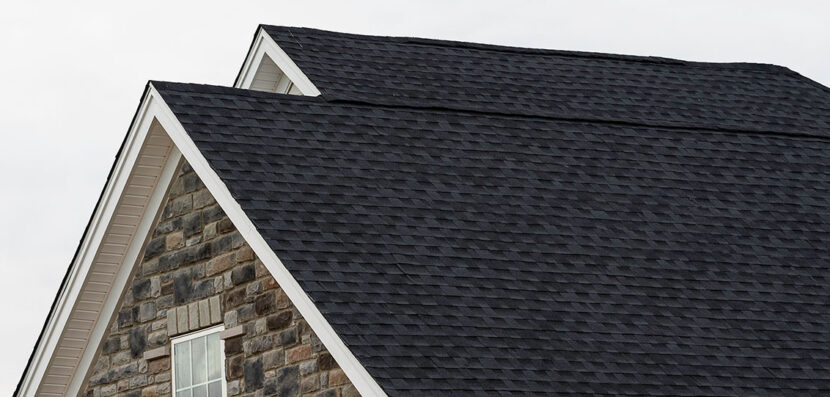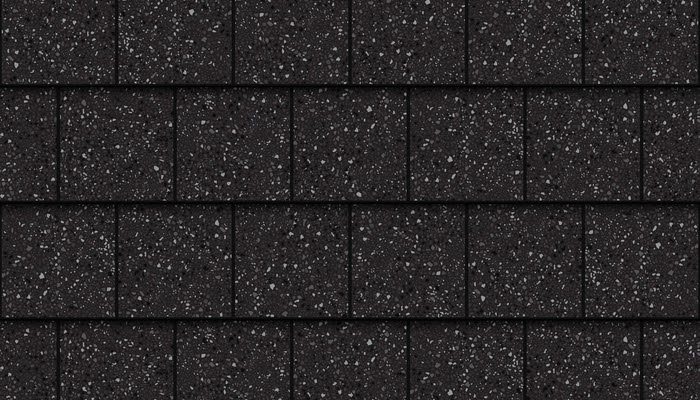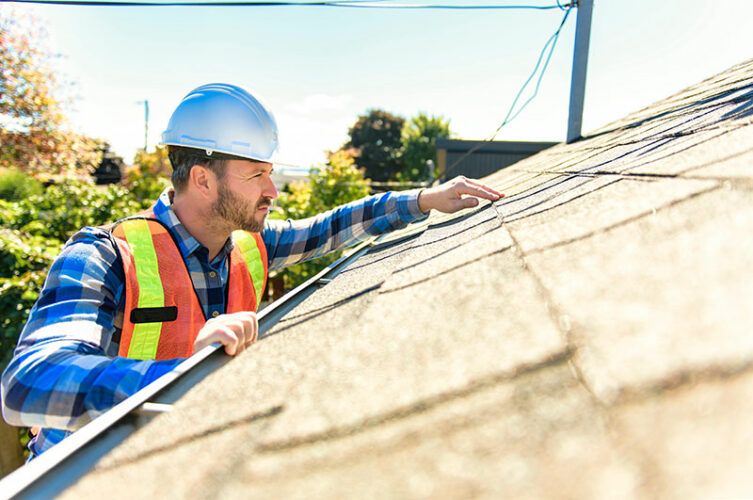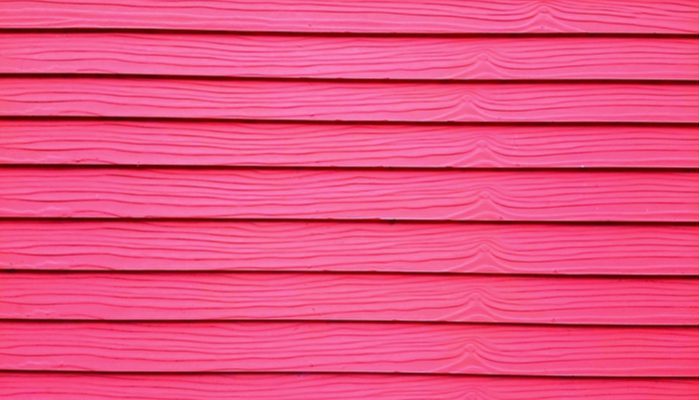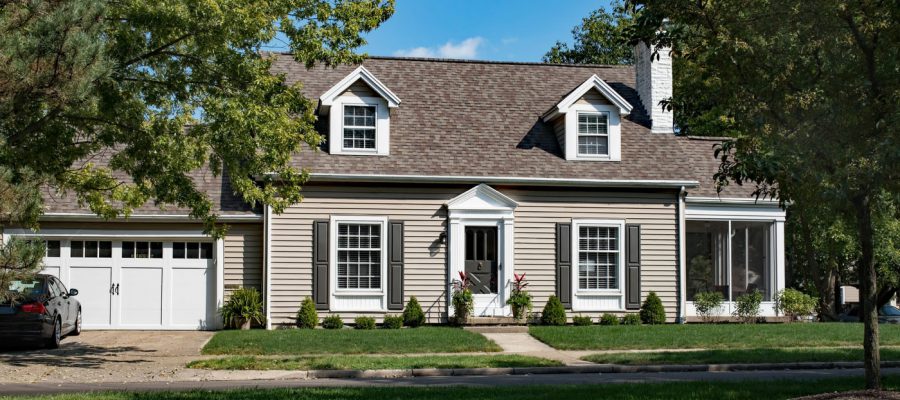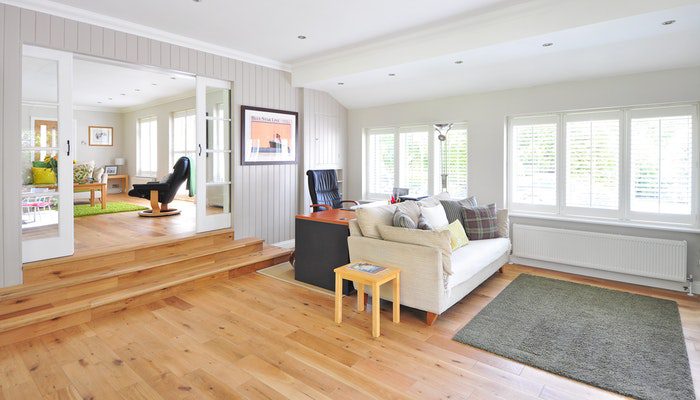Rubber Roofing Benefits

Natural rubber is one of Mother Nature’s strongest materials. It’s naturally resistant to rust, mold, and corrosion. When vulcanized, its molecules are bolted together into an even more powerful substance. Long molecule chains are stretchy, so they can resist cracking and breaking. They’re waterproof to boot, so it’s unsurprising that rubber has a massive range of applications. When it’s not protecting your car wheels or erasing your drawings, it’s keeping your roof safe from water and hail damage.
EPDM roofing is one of the best materials for flat roofs. It’s robust, durable, and resistant to blistering. It’s also easy to install, so it’s cheaper than felt. Rubber roofing isn’t limited to your home’s deeper layers. Rubber shingles and rolls are an excellent replacement for tiles, protecting low-pitch roofs from the weather without requiring heavy maintenance.
Types of rubber roofing
Fabricators have developed a series of rubber options to widen their roofing scope:
- EPDM roofing is one of the most popular products for flat roofs thanks to its extended lifespan and reduced cost. EPDM absorbs heat and takes on a deep black hue, but lighter alternatives have infiltrated the market.
- Thermoplastic polyolefin (TPO) is the new kid on the block. It doesn’t have the history of EPDM and PVC, but its superb energy efficiency has made it a popular option. TPO is extremely flexible and eco-friendly. It’s hot air welded, so its seams are water-resistant and four times stronger than those of EPDM.
- Polyvinyl chloride (PVC) contains chlorine salts and plasticizers to add to its flexibility. PVC is energy efficient, time-tested, and flexible.
Rubber is famous for its robustness. Traditional TPO and EPDM will last you 20 to 50 years. TPO can be reinforced with fiberglass to extend that lifespan even more. Rubber might not last as long as slate, but it beats the durability of modified bitumen, asphalt, and built-up roofing.
What you can expect from the aesthetics of a rubber roof
Natural slate is one of the most stylish materials you can put on your roof, but rubber slate roofing shingles are worthy competitors. To create them, manufacturers recycle vulcanized rubber into tiles that mimic the aesthetics of slate without the disadvantages. Composite shingles combine the benefits of polymers and rubber to replicate the appearance of wood or slate. These shingles are surprisingly color-fast, so you can expect them to be as vivid at 50 years as they are on the day they’re installed.
The benefits of rubber roofing
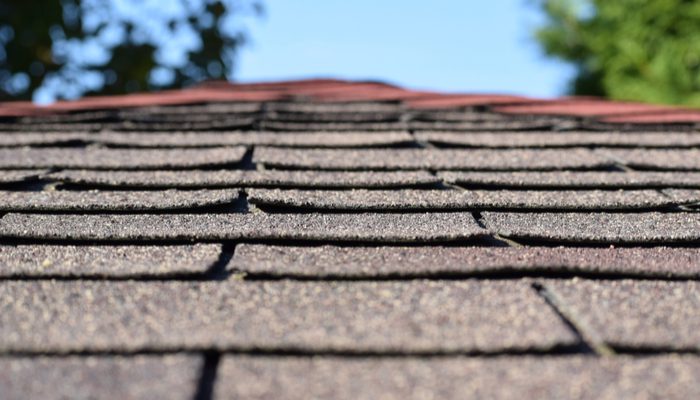
Are rubber roofs good for longevity?
Rubber is virtually invulnerable to impact. Its Class Four impact rating is the highest in the roofing market. It can resist hail and tree branches without cracking, so it’s particularly popular in Hailstorm Alley. It can also withstand wind uplifts of 110 miles per hour. Those beautiful rubber shingles won’t curl, crack, or fade, either. Better yet, they offer all of that longevity at an extremely attractive price.
The benefits of rubber roofing for maintenance
If you hate fussing with maintenance, rubber roofing is your perfect product. It’s famously resistant to weather effects, so you can wave goodbye to post-winter tile roofing replacements. You’ll need to repair splitting and heat cracking regularly, but those vulcanized tiles are some of the easiest roofing types to maintain. You can reduce your maintenance woes by applying anti-spore and lubricating chemicals.
Easy installation
Rubber roof shingles are as easy to install as asphalt. All it takes is three installation steps: First, your roofer will apply an ice shield around the perimeter of your home. Next, they’ll install your underlayment before proceeding to the final tiling. This process will take half a day to complete, so rubber roofing is one of the most pocket-friendly options on the market today. It costs an average of $7 to $12 a square foot in installation costs. As a comparator, natural slate costs up to $16 per square foot.
Rubber roof shingles for eco-friendliness
Most rubber roof tiles are made from recycled materials, so eco-warriors can install them without muddying their consciences. Thirty-eight states have banned whole tire dumping in landfills, so when you install that EPDM roof, you automatically become part of an environmentally-friendly solution.
Rubber roof benefits for insulation
Rubber underlayment offers exceptional impact sound control and insulation. A single-ply EPDM or TPO roofing system offers an R-value of up to 0.33 per unit. A traditional ballasted EPDM assembly achieves an R-value of up to R-35. Roofing felt’s R-value is a meager 0.06 per unit.
Rubber tiles are the perfect material for flat or low-sloped roofs, particularly in regions with difficult climates. Whether you’re adding insulation through a new underlay or updating your aesthetic with a set of EPDM shingles, rubber will serve you well for decades. If you want longevity, faithfulness, and low-maintenance care, EPDM is your roof’s new best friend.
Need help with a roofing project? Click here for a free estimate from 1-800-HANSONS.
Related Articles:
Is a no leak guarantee on a roof possible?
Why rubberized shingles are the superior material for your roof
Roof buying guide
What type of roofing to choose when getting a new roof
Impact resistant shingles
Get a Free Estimate Today
50% off installation. Special financing available. See details.

